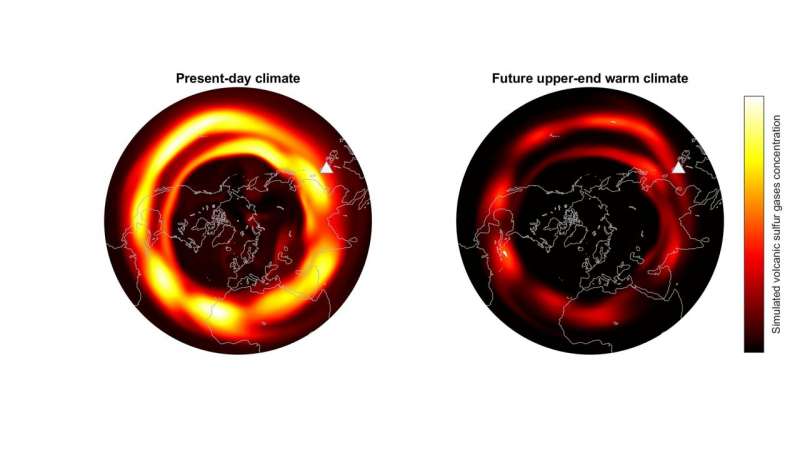

In the case of air temperature = 100º, the equilibrium humidity is 25%. There is clearly plenty of room for a reduction of heat index by lowering the relative humidity until the equilibrium point is reached (i.e., temperature = heat index). It’s illogical to assume that the calculation for this example is valid at RH=40%, but not at 39%. Consider that an air temperature of 100º combined with a relative humidity of 40% results in a heat index of 109º. As a result, the corresponding equilibrium temperature is also nonlinear (see the chart above). This is mathematically illogical given that the relationship between the heat index and relative humidity is nonlinear.

Unfortunately, a few of the heat index calculators available online unintentionally perpetuate this notion by displaying an error message when a relative humidity below 40% is entered. Granted, heat index is subjective by its very nature, and we could randomly apply any upper/lower limits anywhere we want however, the 40% rule doesn’t make sense, mathematically. There is a misconception that a relative humidity of 40% or higher is prerequisite for the heat index equation, but this is simply not true. Return to the top Can Heat Index Be Computed with a Relative Humidity Below 40%? On that day, Appleton also recorded a high temperature of 101✯ resulting in a heat index of 148✯, the highest heat index ever recorded in the United States. However, the highest dew point temperature ever recorded in the United States was 90✯ in Appleton, Wisconsin on Thursday, July 13, 1995. ✏️ In the United States, we rarely see dew points above 80✯ and those are usually found near the Gulf of Mexico. In fact, all heat index calculations are purely theoretical since the index can’t be measured and is highly subjective. Important Note: Bear in mind that this heat index calculation, like any other, is subjective and its merit can be debated and disputed ad nauseam this is always an exhausting exercise in futility. In fact Dharan’s 95✯ dew point is the highest ever recorded on the planet. Dew point temperatures that high are extremely rare. This was the result of excessive humidity (dew point temperature of 95✯) and an air temperature of 108✯. This was calculated from the observed conditions and utilizing the widely accepted heat index equation with its inherent assumptions. ✏️ The highest theoretical heat index ever recorded was 176✯ on July 8, 2003, in Dharan, Saudi Arabia. What was the Hottest Heat Index Recorded on Earth? Like the wind chill factor, the heat index was developed to raise public awareness to a weather hazard that affects some groups more than others, using real physical parameters that have known and detrimental impacts on the human body. Heat exhaustion arises from both air temperature and humidity (among other factors), parameters that some tend to overlook. The public’s critiques to the contrary stem from gross misconception and lack of understanding. The heat index concept is meaningful and serves a purpose. Use the charts below to estimate the heat index. Listen to your body and drink plenty of fluids when the heat index is excessive. A heat index above 120º is extremely rare, but it can occur.

#Q IN PEAK WET WEATHER CALCULATOR FULL#
This can lead to heat exhaustion, heat stroke, heart attack, and other health complications.Įxposure to full sunshine increases the potential for heat exhaustion. Conversely, very high humidity stifles the body’s natural cooling mechanism by limiting, even preventing, the evaporation of sweat from the skin.
#Q IN PEAK WET WEATHER CALCULATOR SKIN#
When the air is very dry, sweat can evaporate efficiently, allowing the skin to cool via evaporative cooling. Humidity affects the efficacy of perspiration to evaporatively cool the skin. Among others, the two primary factors in the heat index equations are temperature and water vapor (i.e., moisture/humidity). Definition of Heat Index: The heat index is an estimate of how hot the air “feels” to the human body and provides a relative indication of potential health risks.


 0 kommentar(er)
0 kommentar(er)
